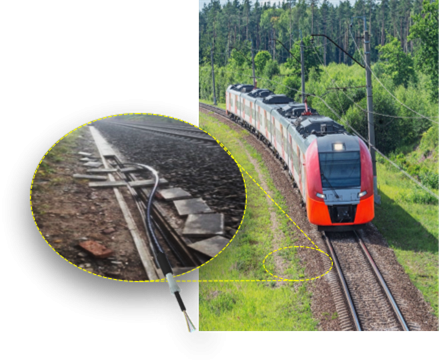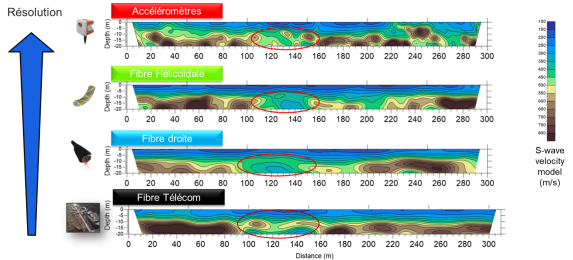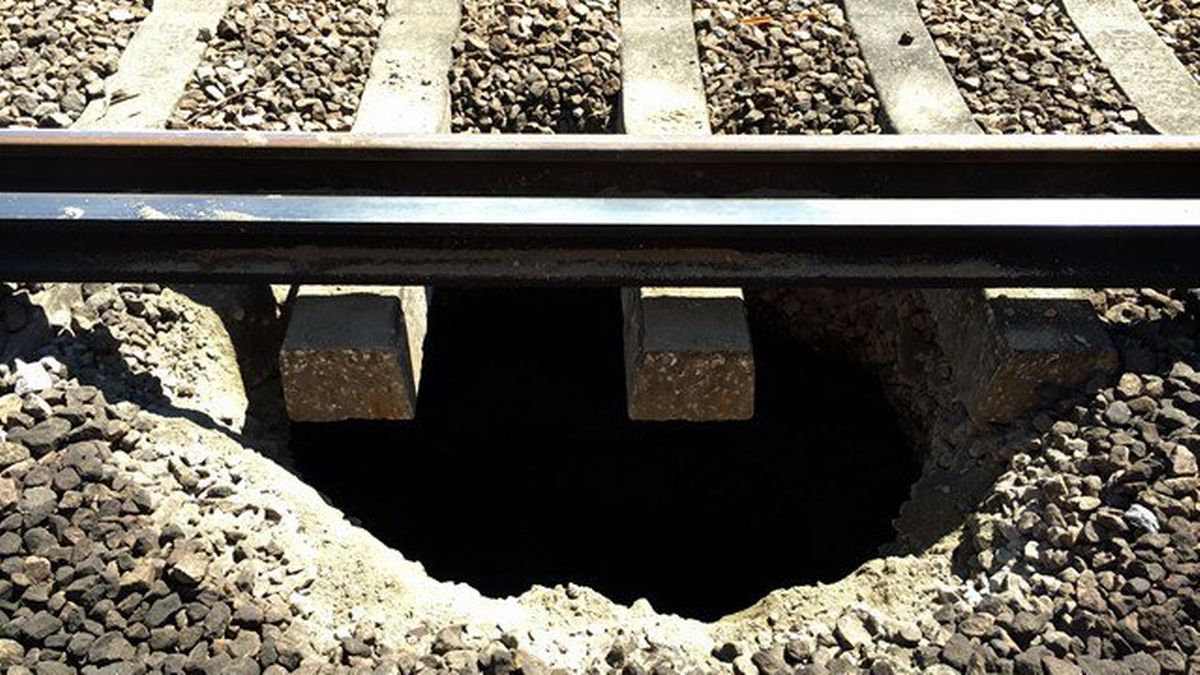REQUEST
Take the High efficiency sinkhole detection by optical fiber project led by SNCF, the national french railway company and SERCEL.
SNCF network's mission is to ensure the safety of rail traffic.
To do this, it monitors the soils and basements on which the railway platforms rest, in order to prevent the risk of deformations and collapses (localized and surface collapses) which could cause derailments.
In this context, SNCF network agents from the industrial engineering department expressed the need for a high-performance basement probing solution, in order to effectively prevent the risk of collapse.
SERCEL, a pioneering company in measuring, monitoring, wanted to collaborate with SNCF réseau to meet this need.

SOLUTIONS

A method of non-destructive investigation of the subsoil via geophysical sensors (nodal or cabled accelerometers), such as WING, DSU1-508, is already existing, proven and used by SNCF networks.
The objective was therefore to financially optimize this solution by replacing the geophysical sensors with optical fiber.
Furthermore, in order to be able to cover a larger surface area to be monitored, optical fiber seems the appropriate solution even if the resolution will probably be degraded compared to seismic sensors.
In order to have a detailed understanding, Sercel tested 2 types of fibers, a straight optical fiber and a helical optical fiber in order to compare their efficiency.
The fist one is mainly already in place and allow long range communication. the second one is specific and should give a better resolution.
CONCLUSION
Helical optical fiber and straight optical fiber buried in the trench give consistent results. As expected, the helical fiber allows better resolution on the results.
It is not at the level of geophysical sensors but by working on the acquisition parameters, the defined resolution allows the characterization of already known abnormal zones.
Similar topic : Anticipation, identification of creation of subsidences

